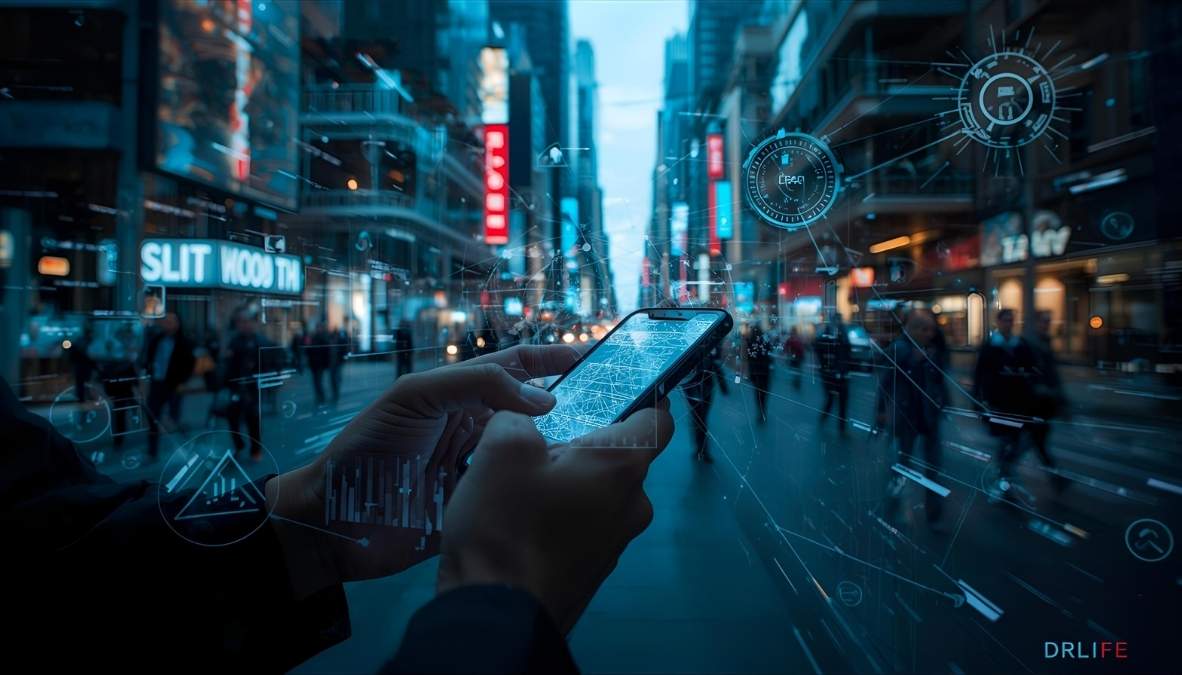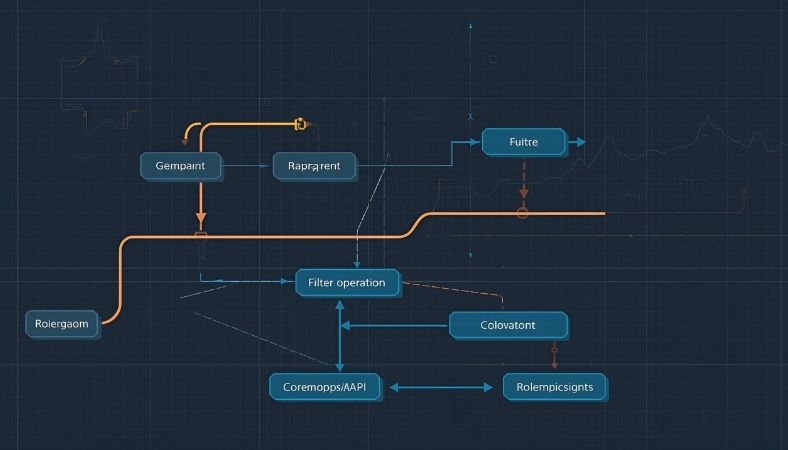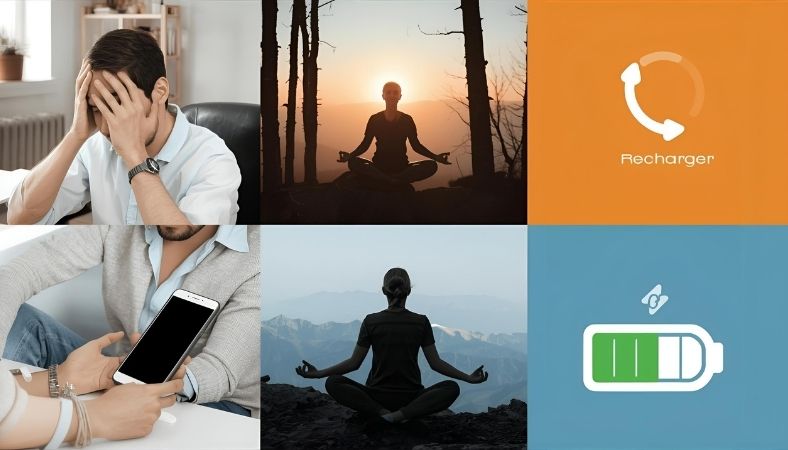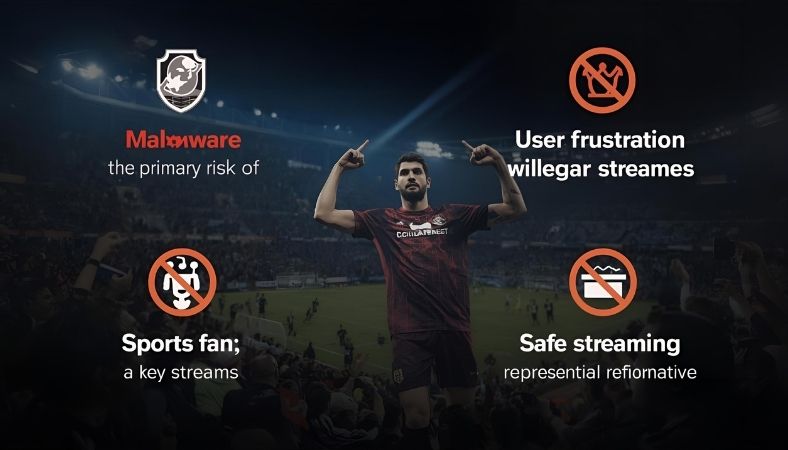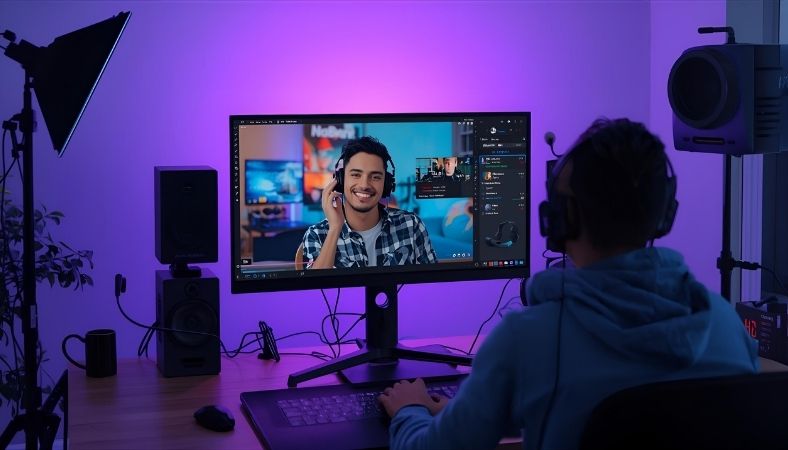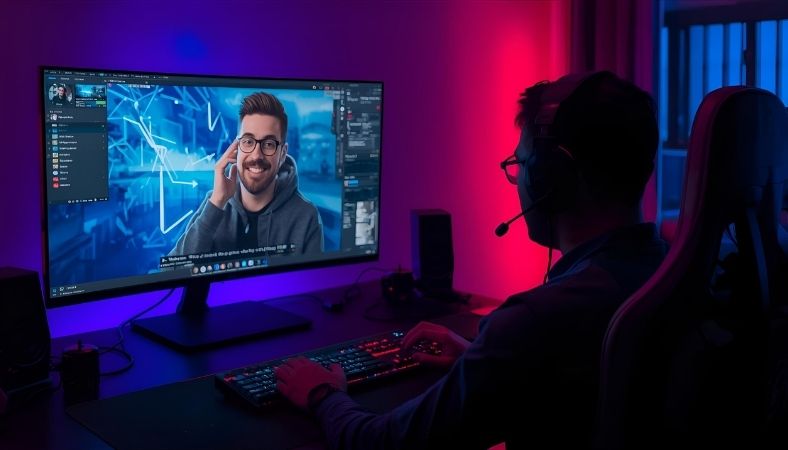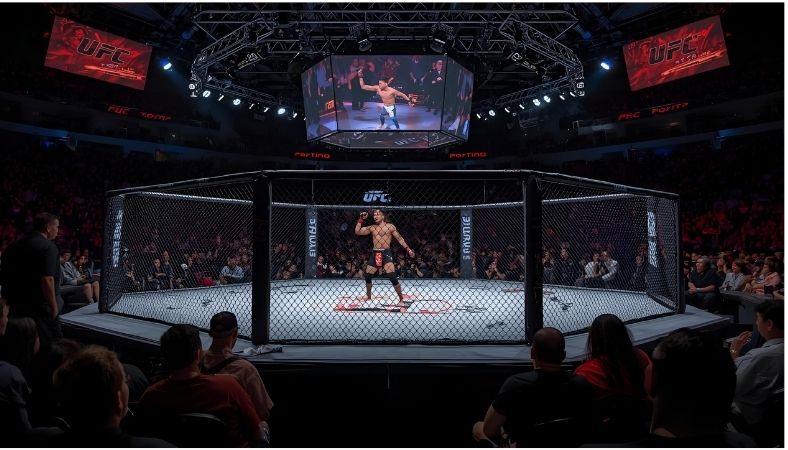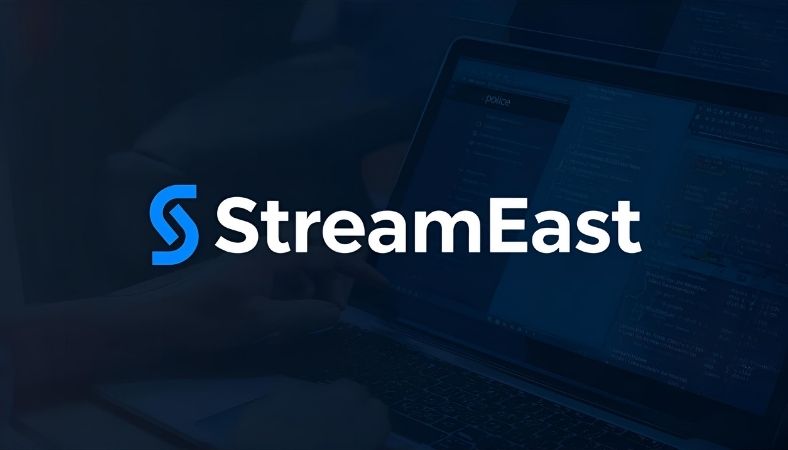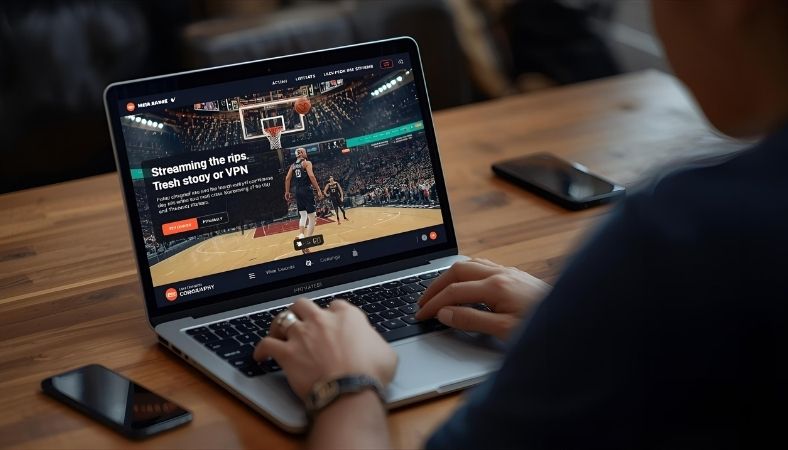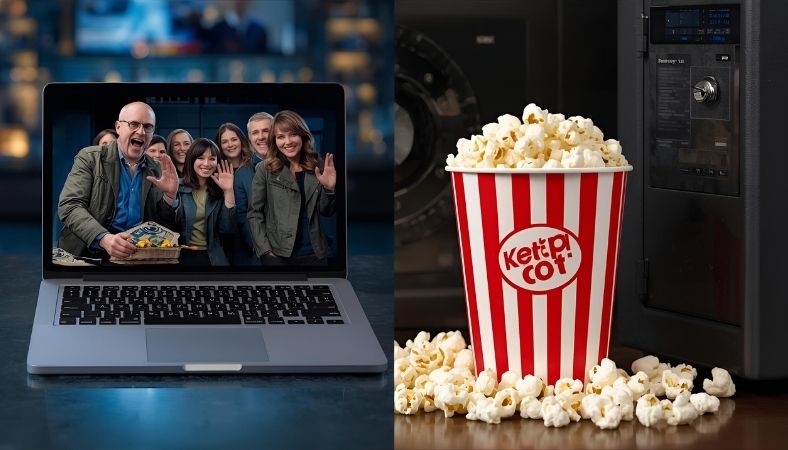
Explore soc media in 2025: AI-driven trends, vibrant platforms, and practical ways to connect meaningfully while dodging stress and misinformation.
Your phone is a portal to a world where 5.31 billion people share, create, and clash. In 2025, social media isn’t just about posting selfies—it’s a digital festival where an AI-crafted meme lands perfectly in your feed, a small business demos a virtual try-on, and a niche book club debates the latest novel in real time. With users spending 2 hours and 20 minutes daily across 6.7 platforms, this space shapes how we connect, shop, and think.
But it’s a paradox: the same tools that spark joy and opportunity can leave us stressed or misled. Let’s navigate this vibrant, complex world, from its biggest platforms to its hidden challenges, with clear tips to make it work for you whether you’re catching up with friends or building a brand.
Key Takeaways
- Social media links 5.31 billion people, redefining connection, culture, and commerce.
- AI and short-form videos dominate, but trust in platforms is a growing hurdle.
- It fuels creativity and opportunity yet risks stress and misinformation if unchecked.
- Specific strategies—like time limits and authentic content—help users and businesses shine.
- The future balances innovation with privacy and mental well-being.
What Defines Social Media Today?
Social media is the heartbeat of our digital lives, a space where you post a quick video, react to a friend’s story, or stumble on a new idea. Platforms like TikTok, Instagram, or X thrive on user-created content, from tweets to vlogs, curated by algorithms that make every feed feel like it’s built just for you. It’s come a long way since Friendster’s clunky pages, now weaving news, culture, and commerce into a dynamic web that engages 65.7% of the globe daily.
The Social Media Spectrum in 2025
Navigating social media in 2025 is like wandering through a digital ecosystem, each platform with its own pulse. Facebook, with its 3 billion users, feels like a bustling community center, great for groups and ads, but less trendy among younger crowds. Meanwhile, Instagram’s 2 billion users flock to its visual playground, crafting Reels and Stories that fuel creativity and shopping, though it’s locked in a fierce rivalry with TikTok.
TikTok itself, with 1.5 billion users, is a cultural sparkplug, birthing trends like dance challenges overnight, even as regulatory debates cloud its U.S. future. X, home to 500 million, thrives on raw, real-time news perfect for quick takes but often a noisy battleground. And for those craving depth, YouTube’s 2.5 billion users spend an hour daily diving into tutorials or personal stories. Your choice—whether personal connection or brand growth shapes which of these worlds you call home.
What’s Driving Social Media in 2025?
Social media’s evolution is rewriting how we engage, and 2025’s trends reveal a shift in how we consume and create. AI now crafts hyper-personalized feeds, from custom memes to music clips, delighting 60% of users but leaving 40% wary of overreach. Short-form videos, like TikTok’s sub-minute hits, dominate attention spans, with view time up 14% they’re how we learn, laugh, and shop.
Speaking of shopping, social commerce is exploding, projected to hit $2.9 trillion by 2026, as platforms like Instagram make buying seamless with virtual try-ons. Brands are also leaning into niche communities, think plant lovers or gamers, where authenticity trumps polish. Gone are the days of staged photo dumps; raw, real content is what connects. These shifts aren’t just trends—they’re reshaping how we interact with the world.
The Bright Side: How Social Media Empowers
Social media can transform how you connect and create. Picture a teacher in Ohio finding a childhood friend in Tokyo through a Facebook group 68% of users tap platforms for news or reunions like this. It’s a knowledge hub, too: YouTube tutorials teach skills, while X delivers breaking headlines.
For businesses, it’s a lifeline 80% of small companies use Instagram to reach customers, backed by a $247 billion ad market in 2024. And creatively? It’s a spark. Black creators drive 40% of trends, from slang to fashion, setting the global stage. These moments show social media’s power to bridge distances and ignite ideas.
The Other Side: Navigating Social Media’s Costs
The Mental Health Equation: Connection vs. Comparison
Social media’s architecture can pull you in and wear you out. Constant scrolling fuels anxiety or FOMO—63% of teens on TikTok feel left out, and overuse disrupts sleep. To counter this, set a hard 30-minute daily limit or follow accounts that inspire, like artists or educators, to keep your feed uplifting.
Privacy and Misinformation Challenges
Data leaks are a real risk, with U.S. rules trailing Europe’s strict GDPR. Tighten your privacy settings and avoid sharing sensitive details. Misinformation, like viral election rumors, spreads fast, deepening divides. Always cross-check news with trusted sources like NPR to stay grounded.
Breaking the Addiction Cycle
With users averaging over 2 hours daily, social media can hijack your time. Apps like StayFocusd block distractions, helping you reclaim focus. Try scheduling specific times for checking feeds to make scrolling an intentional choice, not a reflex.
These strategies, like a weekly account audit or source verification, turn social media from a drain into a deliberate, positive part of your day.
Social Media’s Paradox: Unity and Division
Social media’s core tension lies in its ability to build tight-knit communities while fragmenting our shared reality. Platforms like Instagram foster vibrant niches, book clubs, and fitness groups where 57% of users find trusted product recommendations. Yet algorithms amplify echo chambers, as seen in polarized election posts on X that fueled mistrust.
Culturally, it’s a powerhouse. Black creators shape 40% of trends, from style to slang—but 64% of Americans see it as divisive, deepening social rifts. Economically, it drives purchases, yet fuels FOMO in teens, harming focus. To navigate this, curate feeds that spark joy and limit exposure to outrage-driven posts, balancing connection with clarity.
Smart Marketing in a Digital Festival
For creators or businesses, social media is a stage for authentic connection. Take The Green Bean, a Seattle vegan café that used 15-second TikTok recipe clips to boost engagement by 14%. Partnering with a micro-influencer for a raw product review can spark trust, unlike glossy ads.
Tools like Hootsuite let you track mentions, so you can respond to feedback fast and build loyalty. Organic posts foster fans, while paid ads amplify reach. Some campaigns see 200% ROI. This strategic shift, though small, can turn followers into customers, making your brand a vibrant part of the digital festival.
What’s Next for Social Media?
Social media’s future is a dance of innovation and caution. AI will craft even smarter content, but with 40% of users skeptical, platforms must prioritize trust. Stricter laws, like the EU’s Digital Markets Act, will reshape ad targeting, pushing transparency.
More users are stepping back for mental health, some quitting entirely, as hyperscale video platforms eye traditional media’s turf by 2026. To stay balanced, weave in offline hobbies, journaling, hiking, to complement your digital life, keeping you grounded as this space evolves.
Social media in 2025 is a vibrant, complex festival. Start by auditing your time this week, unfollowing accounts that stress you out, and leaning into platforms that inspire or grow your world. Whether you’re connecting or creating, these intentional choices will help you navigate this digital universe with clarity and joy.


